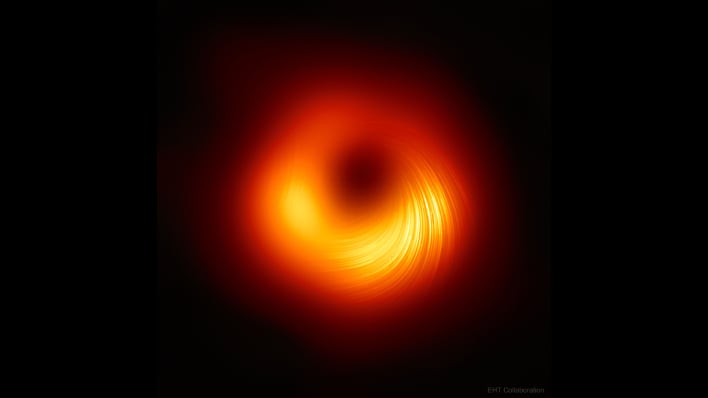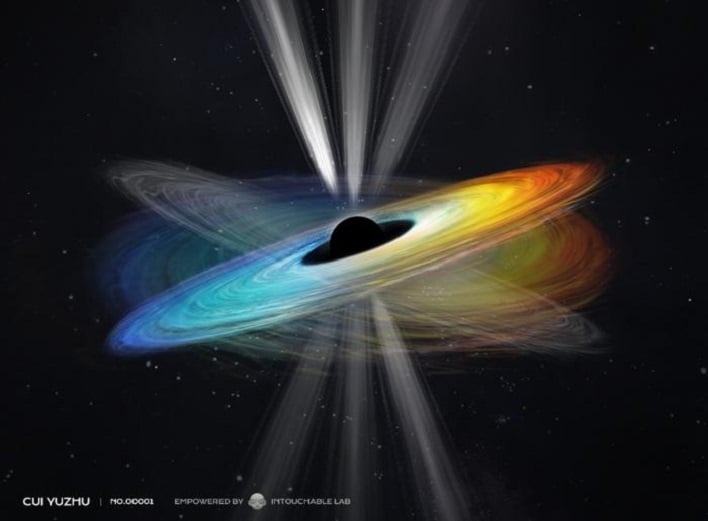Study Discovers M87* Black Hole Is Spinning Like An Amazing Oscillating Jet.

Supermassive black holes at the center of active galaxies can accrete enormous amounts of material due to the extreme gravitational force and power of plasma outflows, known as jets, that can extend thousands of light-years away. One predominant theory as to the energy transfer mechanism among these supermassive black holes and their accretion disks and relativistic jets is that energy can be withdrawn from a spinning black hole, thus allowing some material surrounding the supermassive black hole to be ejected with great energy, according to the Chinese Academy of Sciences Headquarters. However, until now, the spin of supermassive black holes has not been directly observed.
During the study, the team focused on nearby radio galaxy M87. Through thorough analysis of telescope data from 2000-2022, the team revealed a recurring 11-year cycle in the precessional motion of the jet base. They then were able to link the dynamics of the jet with the central supermassive black hole, providing evidence that M87's black hole spins.

The team adds that if the black hole is spinning, it will exert a significant impact on surrounding spacetime, which would cause objects to be dragged along its axis of rotation, a phenomenon known as "frame-dragging." The extensive analysis by the team indicated that the rotational axis of the accretion disk misaligns with the spin axis of the black hole, which leads to a precessional jet. The detection of this precession by the team provides what they call "unequivocal evidence" that the supermassive black hole in M87 is spinning.
"We are thrilled by this significant finding," remarked Dr. Yuzhu. "Since the misalignment between the black hole and the disk is relatively small and the precession period is around 11 years, accumulating high-resolution data tracing M87's structure over two decades and thorough analysis are essential to obtain this achievement."
While the recent study of M87's black hole provides a better understanding of the mysterious supermassive black holes, the team says it also presents "formidable challenges." Those include determining the accretion disk's structure and the exact value of the M87 supermassive black hole's spin.

